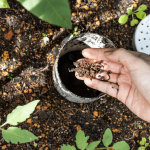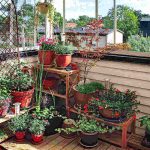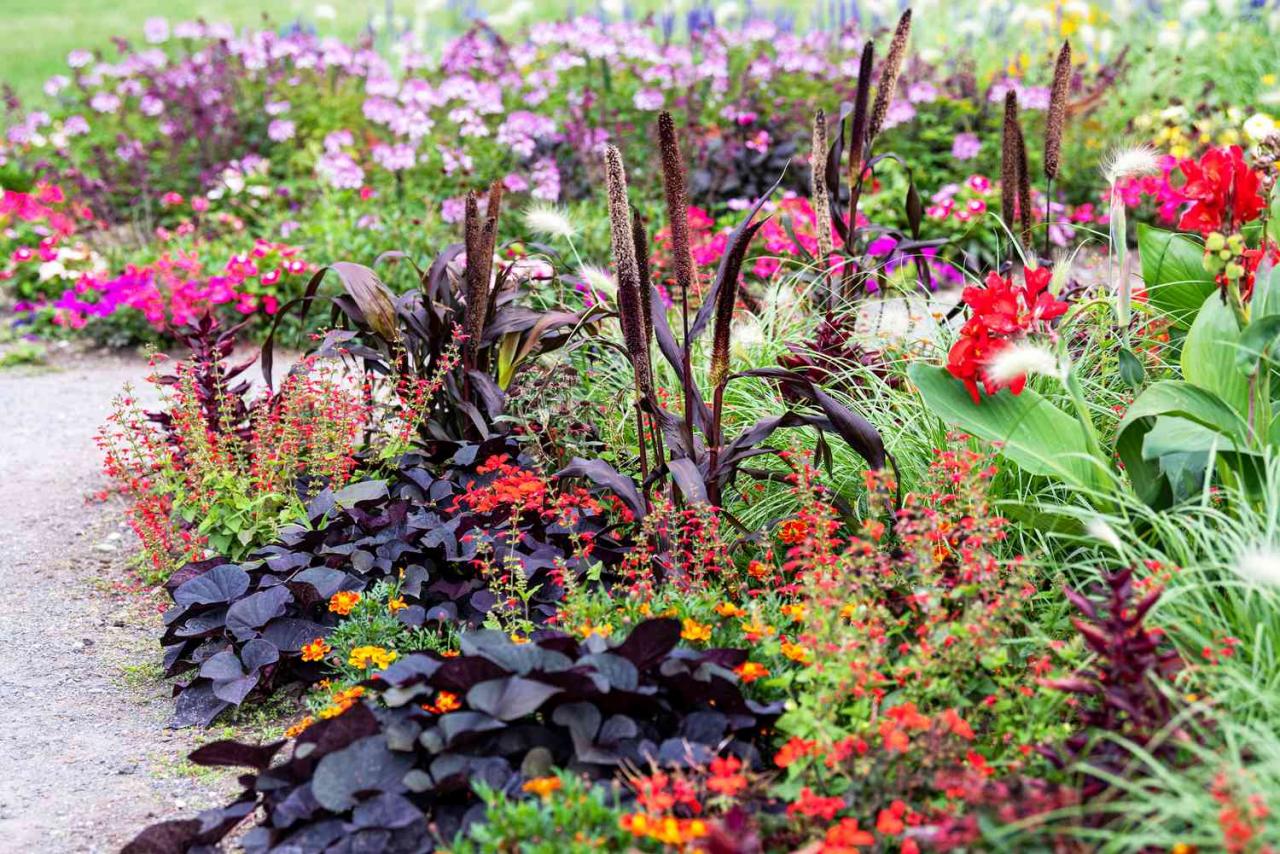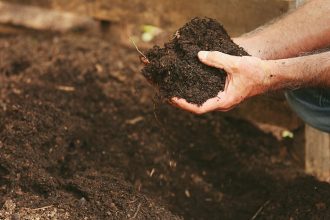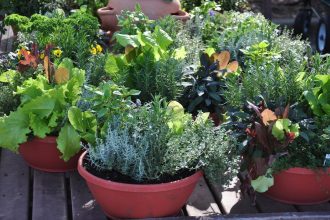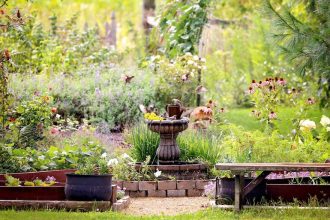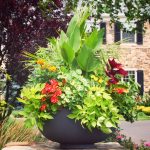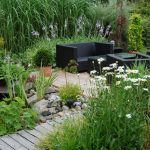When it comes to creating a stunning outdoor oasis, few things can rival the beauty and serenity of a well-designed flower garden. From vibrant beds of roses to delicate clusters of daisies, the possibilities are endless when it comes to crafting a breathtaking display of blooms. In this article, we will explore the essential steps and tips for designing a beautiful flower garden that will have your neighbors stopping to smell the roses. So grab your gardening gloves and get ready to unleash your inner green thumb!

Creating a Floral Color Palette for Harmony
To create a harmonious floral color palette in your garden, it’s important to consider the different colors and textures of the flowers you choose. One way to achieve this is by selecting a variety of flowers that complement each other in terms of color. Think about incorporating a mix of warm and cool tones to create balance and visual interest in your garden.
Another key factor in creating a cohesive color palette is to consider the seasonality of the flowers you choose. By selecting flowers that bloom at different times throughout the year, you can ensure that your garden is bursting with color and texture no matter the season. This will also help to create a sense of continuity and flow in your garden design.
When designing your floral color palette, don’t be afraid to experiment with different combinations and arrangements. Mix and match flowers of varying shapes, sizes, and heights to create a dynamic and visually appealing garden. Remember, creating a beautiful flower garden is all about expressing your creativity and personal style, so have fun with it and let your imagination run wild!
For more inspiration, consider the following color combinations for your floral palette:
| Color Combination | Flowers |
|---|---|
| Pastel Palette | Roses, peonies, hydrangeas |
| Bold and Bright | Sunflowers, zinnias, dahlias |
| Monochromatic Scheme | Lavender, delphinium, iris |
Utilizing Various Heights and Textures for Visual Interest
One way to create a visually stunning flower garden is by incorporating various heights and textures into the design. By mixing different types of plants that vary in height, you can add depth and dimension to your garden. Tall plants can serve as focal points, while shorter plants can be used as borders or ground cover.
To add even more interest to your garden, consider incorporating plants with different textures. For example, mix delicate flowers with bold, broad-leaved plants to create contrast. This not only adds visual interest but also creates a dynamic and diverse garden that is pleasing to the eye.
Incorporating a mix of heights and textures can also attract a variety of wildlife to your garden, such as butterflies and bees. This creates a thriving ecosystem that not only looks beautiful but also benefits the environment. Embrace the beauty of nature by incorporating various heights and textures into your flower garden design.
Planning for Seasonal Blooms in Your Garden
When designing your flower garden, it’s essential to consider the seasonal blooms that will bring color and life to your outdoor space all year round. By planning strategically, you can create a garden that is bursting with vibrant flowers no matter the season. Here are some tips to help you design a beautiful flower garden that blooms throughout the year:
Consider the climate: Take note of the climate in your region and choose flowers that thrive in your specific weather conditions. This will ensure that your garden remains healthy and colorful year-round.
Choose a variety of flowers: To keep your garden looking beautiful throughout the year, select a mix of flowers that bloom in different seasons. This way, you’ll have blooms to enjoy no matter the time of year.
Plan for succession planting: To ensure continuous blooming in your garden, consider planting flowers with staggered blooming times. This will create a garden that is always in bloom, with new flowers emerging as others fade.
Incorporate perennial plants: Perennials are a great addition to any garden, as they come back year after year. By incorporating perennial plants into your design, you can ensure that your garden remains colorful and vibrant for seasons to come.
By following these tips and planning for seasonal blooms, you can create a stunning flower garden that brings joy and beauty to your outdoor space throughout the year.
Incorporating Fragrant Flowers for a Sensory Experience
When it comes to designing a beautiful flower garden, incorporating fragrant flowers can take the sensory experience to the next level. Imagine strolling through your garden and being greeted by the sweet aroma of gardenias, roses, or lavender. Not only will these fragrant flowers delight your sense of smell, but they can also add a touch of beauty and elegance to your outdoor space.
One way to incorporate fragrant flowers into your garden is to create a dedicated section or bed specifically for them. This will allow you to focus on plants that have strong scents and ensure that their fragrance is not overwhelmed by other flowers. Consider planting a mix of different fragrant flowers to create a multi-sensory experience. Some popular options include jasmine, honeysuckle, and lilacs.
Another way to enhance the sensory experience in your flower garden is to strategically place fragrant flowers near seating areas or pathways. This will allow you to enjoy their scent up close and create a relaxing atmosphere in your outdoor space. Additionally, incorporating fragrant flowers that bloom at different times of the year can ensure that your garden is always filled with delightful scents.
In conclusion, creating a stunning flower garden is a fulfilling and rewarding experience that allows you to showcase your creativity and passion for nature. By following the tips and guidelines mentioned in this article, you can design a beautiful and enchanting space that will bring joy and beauty to your home. Remember to experiment, have fun, and let your imagination bloom as you embark on this exciting gardening journey. Happy planting!


